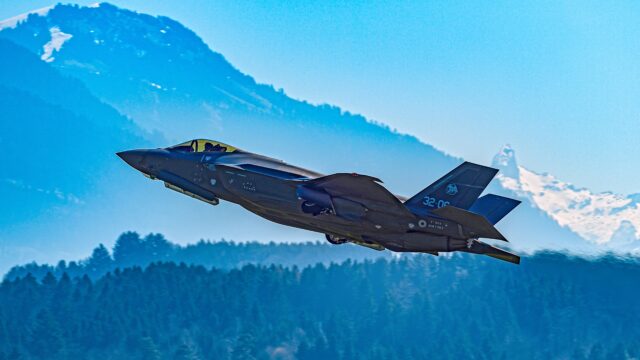Gulfstream G650ER sets Singapore to San Francisco record
Gulfstream Aerospace Corp’s ultra-long-range Gulfstream G650ER has achieved a new city-pair record, connecting Singapore and San Francisco.
The aircraft flew 7,475 nautical miles/13,843 kilometres — faster than any other ultra-long-range…

Gulfstream Aerospace Corp’s ultra-long-range Gulfstream G650ER has achieved a new city-pair record, connecting Singapore and San Francisco.
The aircraft flew 7,475 nautical miles/13,843 kilometres — faster than any other ultra-long-range aircraft.
The G650ER departed Singapore’s Changi Airport at 10:58 am local time December 18, 2018, crossing the Pacific to arrive in San Francisco at 8:45 am, local time. Flown at an average speed of Mach 0.87, the flight took just 13 hours and 37 minutes.
The Singapore to San Francisco sprint marked the final leg of a seven-record journey. The other legs were:
- Teterboro, New Jersey, to Dubai, United Arab Emirates — 6,141 nm/11,373 km in 11 hours and 2 minutes
- Savannah to Marrakech, Morocco — 3,829 nm/7,091 km in 7 hours and 3 minutes
- Marrakech to Dubai — 3,550 nm/6,574 km in 6 hours and 46 minutes • Dubai to Biggin Hill, U.K. — 3,046 nm/5,641 km in 6 hours and 45 minutes
- Biggin Hill to Charleston, South Carolina — 3,710 nm/6,870 km in 8 hours and 15 minutes
- Dubai to Singapore — 3,494 nm/6,470 km in 7 hours and 15 minutes
The city-pair records are pending approval by the National Aeronautic Association.
The G650ER can fly 7,500 nm/13,890 km at Mach 0.85 and has a maximum operating speed of Mach 0.925. It is powered by two Rolls-Royce BR725 A1-12 engines and can fly up to 19 passengers.
“The G650ER’s unsurpassed speed and real-world performance allow it to easily tackle ocean-spanning routes like Singapore to San Francisco faster than any other business aircraft,” said Mark Burns, president, Gulfstream. “To Gulfstream, leading the class means continually demonstrating to customers that their ultralong-range missions are possible at the fastest speeds. Even after more than 85 records, we will continue to illustrate this real-world performance.”
Subscribe to our weekly newsletter
















